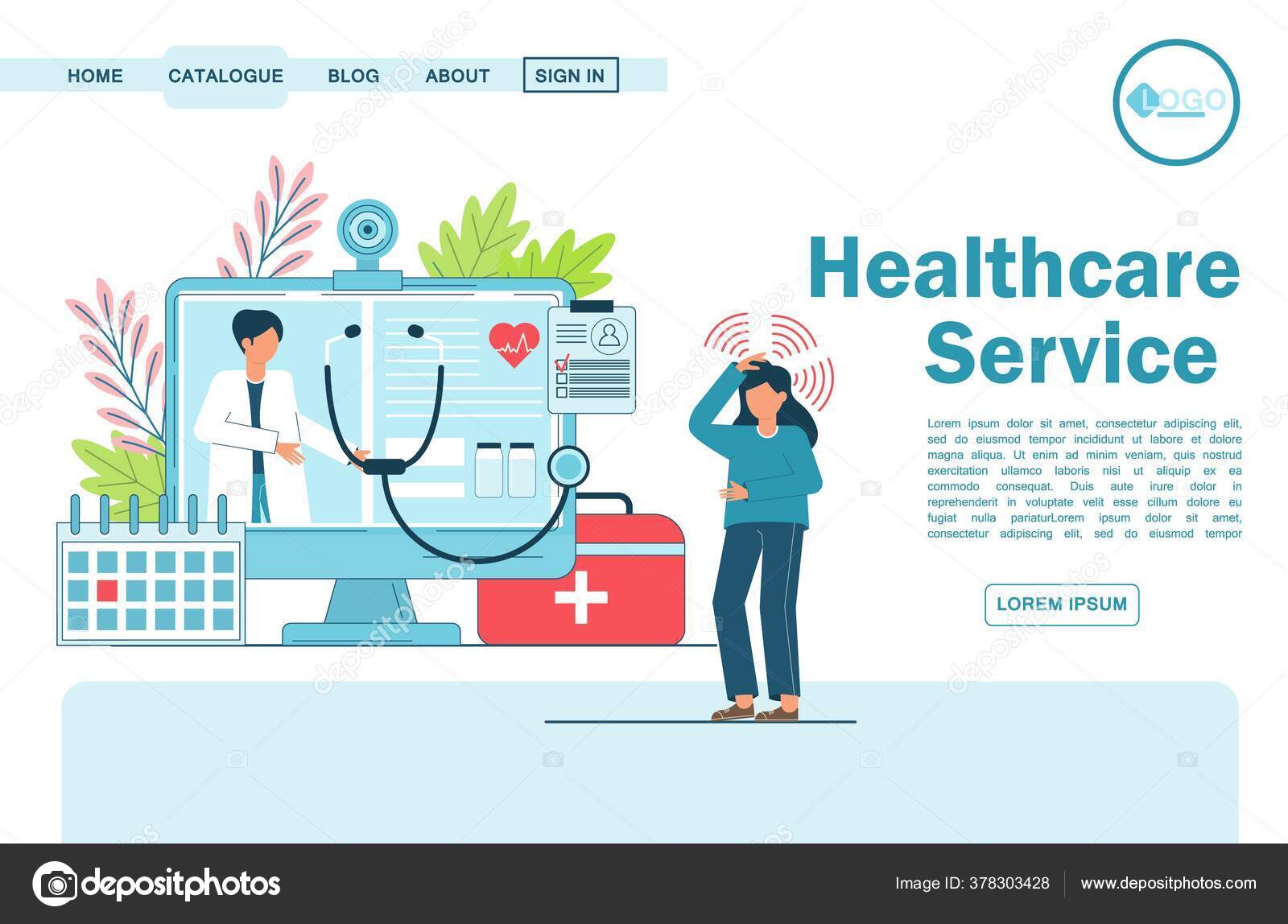Comprehending the Cost-Effectiveness of Subscription-Based Medical Care Designs
As the health care landscape advances, subscription-based versions arise as a compelling option, assuring to redefine just how people handle medical expenses. Examining these versions' cost-effectiveness requires a nuanced contrast with conventional insurance coverage, considering both economic ramifications and client satisfaction. While they supply transparency and predictability in costs, inquiries stay regarding their capacity to meet varied healthcare needs, especially for specialized treatments. The point of views of health care suppliers additionally complicate this equation, presenting a diverse difficulty. What does the future hold for these versions, and can they truly supply on their assurance of available, cost effective care?
Summary of Subscription-Based Models
Subscription-based medical care models, sometimes referred to as straight medical care or concierge medicine, are increasingly getting focus as a prospective solution to ineffectiveness within typical healthcare systems. These designs operate the principle of offering individuals straight accessibility to doctor via a regular monthly or annual fee, bypassing the need for traditional insurance mechanisms. This arrangement aims to streamline patient-provider communications by reducing management burdens, which commonly prevent individualized and timely treatment.
At the core of subscription-based designs is the emphasis on a more customized person experience. People profit from boosted access to their medical professionals, commonly consisting of same-day or next-day visits, expanded assessment times, and direct interaction networks such as phone or video clip telephone calls. This model promotes a positive strategy to medical care, where clients and suppliers can collaboratively focus on preventative treatment and chronic disease administration.

Expense Comparison With Standard Insurance Policy

One of the primary economic benefits of registration models is openness in costs. People pay a foreseeable fee, which can simplify budgeting and monetary planning. In addition, these versions normally get rid of co-pays and deductibles for protected services, decreasing out-of-pocket spending. Alternatively, typical insurance coverage may be more useful for people needing specialized treatment or costly therapies not covered under a membership version, as they take advantage of the broader protection network and cost-sharing devices.
However, cost-effectiveness is context-dependent. While membership versions might provide financial savings for those largely requiring key care, individuals with chronic conditions or specialized healthcare requirements could discover standard insurance policy extra comprehensive. Evaluating specific medical care demands and potential usage is essential in determining the most cost-efficient option for people.
Effect On Client Fulfillment
Client contentment within subscription-based medical care versions frequently shows a considerable improvement over conventional insurance policy systems. Unlike standard systems, where patients could experience delays in getting care, subscription-based versions guarantee more direct and timely interactions with health care companies.
Furthermore, the transparency in costs related you could look here to subscription-based medical care minimizes the common irritations connected to unanticipated costs and intricate invoicing procedures seen in traditional insurance (subscription based healthcare). People appreciate understanding the precise economic dedication upfront, resulting in enhanced count on and self-confidence in their health care administration
Furthermore, the emphasis on preventative care and health in subscription models adds to enhanced wellness results, further enhancing patient contentment. By focusing on ongoing health maintenance as opposed to episodic care, people experience an even more all natural and continual healthcare journey.
Furthermore, the boosted provider-patient partnership fostered in these models, identified by even more time invested per individual and individualized attention, plays a vital function in raising individual contentment degrees, as patients really feel genuinely looked after and understood.
Service Provider Point Of Views and Experiences
From the supplier's point of view, subscription-based health care designs provide a transformative strategy explanation to supplying clinical solutions. These designs stress a preventative and aggressive healthcare method, enabling carriers to focus on thorough individual care without the restraints of standard fee-for-service plans (subscription based healthcare). This change in focus commonly leads to enhanced individual outcomes and boosted provider complete satisfaction, as medical care professionals can assign even more time and resources to person interaction and customized care strategies
In addition, registration models facilitate foreseeable income streams, which boost economic stability for medical care companies. This predictability permits enhanced source preparation and allocation, adding to a much more effective healthcare shipment system. Service providers can purchase personnel training, innovation, and infrastructure enhancements, thereby improving the high quality of care used.
However, the transition to subscription-based designs is not without challenges. In spite of these difficulties, several carriers find that the benefits of boosted client communication and streamlined operations outweigh the preliminary challenges, making subscription-based designs an appealing alternative.
Future Potential Customers and Obstacles

A key challenge is regulatory compliance, as subscription designs should comply with progressing healthcare plans and insurance coverage demands. This requires continual adjustment and innovation to make sure placement with legal criteria. In addition, incorporating these designs right into existing healthcare facilities can be complex, requiring substantial financial investments in technology and training.
There is additionally the potential threat of producing inequities in medical care accessibility, as membership models might prefer those who can afford them, leaving prone populations underserved. Addressing this needs thoughtful consideration of pricing methods and aid mechanisms to make certain inclusivity.
Conclusion
Subscription-based medical care versions offer a feasible choice to traditional insurance policy by using economic predictability and openness, especially benefiting people with chronic conditions or frequent healthcare needs. The cost-effectiveness of these models is contingent upon specific medical care usage patterns and conditions.
Subscription-based healthcare models, sometimes referred to as direct main treatment or attendant medication, are progressively getting focus as a potential solution to inadequacies within typical health care systems. Unlike conventional systems, where patients could experience hold-ups in getting care, subscription-based designs guarantee even more prompt and direct interactions with healthcare carriers.
These versions emphasize Going Here a preventative and proactive healthcare strategy, enabling service providers to concentrate on detailed patient care without the restrictions of typical fee-for-service arrangements. As these versions continue to get grip, they offer the prospective to revolutionize person accessibility to care, enhance service shipment, and enhance medical care investing.Subscription-based medical care models present a feasible choice to conventional insurance policy by using monetary predictability and openness, especially profiting individuals with persistent conditions or constant health care requirements.